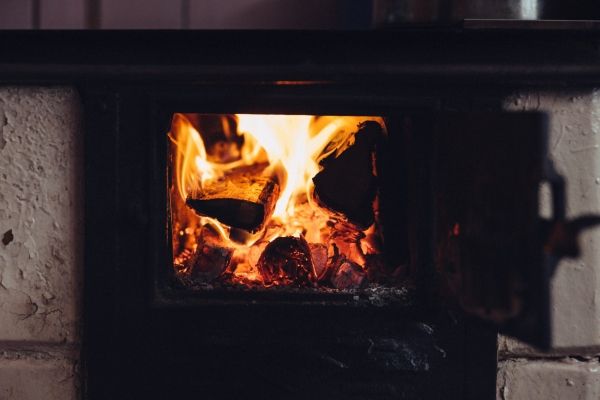A new University of Utah study on the impact of wood burning stoves and fireplaces along Utah’s Wasatch Front proves that 20-year-old restrictions have had a tremendous impact on the state’s air quality.
“This study is showing a reduction in the contributions of wood burning by a factor of four or five,” says University of Utah chemical engineering assistant professor Kerry E. Kelly, who heads the study. “Of the strategies people are looking at to reduce air pollution, this is a pretty effective one.”
The study led by the U’s College of Engineering was conducted by Kelly, chemical engineering research associate Cristina Jaramillo, as well as researchers from the Utah Division of Air Quality and the Pacific Northwest office of the U.S. Environmental Protection Agency (EPA).
According to the EPA, smoke from burning wood creates tiny particulate matter known as PM 2.5 that can get trapped in the lungs and eyes and trigger asthma attacks, even heart attacks, stroke, and heart failure in people at risk for these conditions. The elderly and children with respiratory conditions are more susceptible to the dangers of bad air quality.
Continue reading at University of Utah
Image via University of Utah


